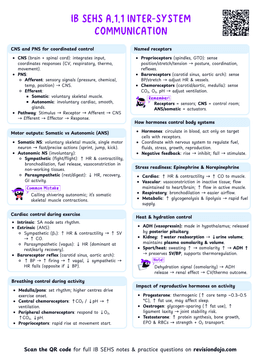Mental Imagery in Sports Psychology
What is Mental Imagery?
Mental imagery, also known as visualization or mental rehearsal, is a powerful psychological technique where athletes create or recreate experiences in their mind. It involves using all the senses to create a vivid mental representation of performing a skill or activity.
Think of mental imagery as watching a movie in your head where you're the star performer, but you're not just watching - you're feeling, hearing, and experiencing everything!
Components of Effective Mental Imagery
1. Vividness
- The clarity and detail of the mental image
- Should include multiple sensory inputs:
- Visual (seeing the movement)
- Kinesthetic (feeling the movement)
- Auditory (hearing associated sounds)
- Tactile (touch sensations)
- Even smell and taste when relevant
2. Controllability
- Ability to manipulate the image at will
- Control over:
- Speed (slow motion, real-time, fast-forward)
- Perspective (internal vs. external view)
- Emotional content
- Outcome of the performance
Benefits of Mental Imagery
- Skill Acquisition and Refinement
- Helps develop motor patterns
- Enhances technique without physical fatigue
- Improves movement precision
- Performance Enhancement
- Increases confidence
- Reduces competitive anxiety
- Improves focus and concentration
- Rehabilitation
- Maintains neural pathways during injury
- Speeds up recovery process
- Reduces loss of skill during inactive periods
A gymnast preparing for a complex routine might use mental imagery to:
- Visualize each movement in perfect detail
- Feel the muscle tensions and body positions
- Hear the crowd and music
- Experience the emotional state they want during performance
Limitations and Considerations
Potential Drawbacks
- Not a replacement for physical practice
- Quality depends on experience level
- Can reinforce incorrect technique if not properly guided
- Requires significant concentration and mental energy
Individual Differences
- Some athletes naturally visualize better than others
- Effectiveness varies based on:


